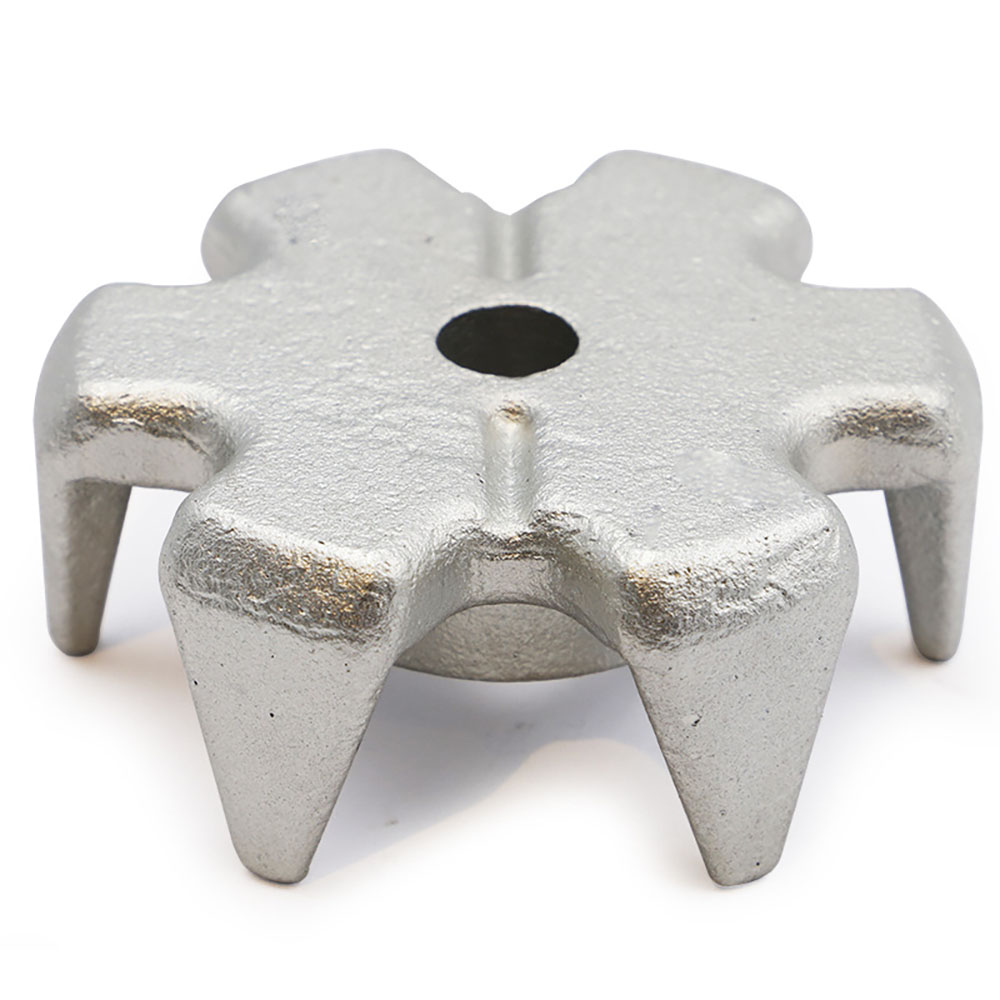Company Details
Company Details
The physical properties of Stainless Steel Castings are higher than those of pig iron, but their Stainless Steel Forging Parts properties are worse than those of Cast Iron Forging. Due to the high melting point of stainless steel precision castings, easy air oxidation for desolubilization, poor fluidity of molten steel, and large shrinkage, the volume shrinkage rate is 10-14%, and the line shrinkage is 1.8-2.5%. In order to avoid the shortcomings of stainless steel castings such as insufficient pouring, cold isolation, shrinkage and shrinkage, cracks and slag inclusions, it is necessary to adopt more complicated processing techniques than pig iron.
1. Due to the poor fluidity of precipitation, in order to avoid cold insulation and insufficient pouring caused by Stainless Steel Castings, the thickness of Stainless Steel Casting Parts should not be less than 8 mm; the structure of the pouring system software should be simple, and the cross-sectional specifications are larger than those of pig iron; Metal Casting Mold or hot metal mold casting; moderately increase the pouring temperature, generally 1520 ° ~ 1600 ° C, due to the high pouring temperature, the hydrogen pressure of the molten steel is large, the liquid is maintained for a long time, and the fluidity can be improved. However, if the pouring temperature is too high, it will cause defects such as sturdy crystals, thermal cracks, blowholes and slag inclusions. Therefore, for small and medium-sized, thick-walled and complex castings, the pouring temperature is about the melting point temperature of steel + 150 °C;
2. Because the shrinkage of Precision Casting Parts Stainless Steel plate greatly exceeds that of pig iron, in order to avoid the defects of shrinkage and shrinkage of the castings, most of the forging processes use countermeasures such as gate and cold iron and subsidies to achieve sequential condensation.
